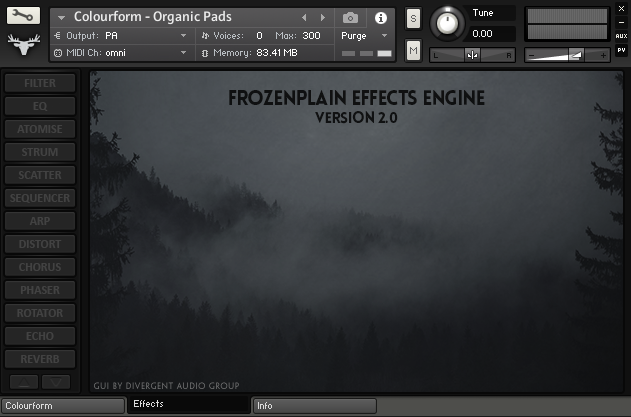RX950 Classic AD/DA Converter by Mathieu Demange Review
If you do like myself have several Hardware Sampler in your studio this new plugin RX950 Classic AD/DA Converter by Mathieu Demange is an alternative to emulate an Akai S950 which is an iconic 12-bit sampler.
Installation
You receive after purchase a download link and you can download up to three times the tool for Windows or MAC. There are serials provided. However, I did not need to enter those credentials so far. It is available as a 32-bit and 64-bit VST plug-in for Windows
64-bit VST and AU plug-in for Mac, alternative as a Rack Extension for Reason 7.1+ (Mac & Windows). I did test the VST plugin version in FL Studio DAW.
Sound
This tool is close to a sound you get from a 12-bit sampler Akai sampler. The RX950 Classic AD/DA Converter supports that classic traditional 12-bit resolution. The developer emulated the 950’s audio signal path with changeable sampling frequency an and emulated steep 6th-order low-pass Butterworth filter.
User interface & Usability
The plugin is small and can not be resized, that makes it hard to read on 4k or 5k monitor or if you have eye sign issues. Besides being hard to read it has all the features you expect from an RX950 Classic AD/DA converter.

You can dial in the S950’s unique grit and warm distortion. Very powerful and makes the track stand out. There is a knob to control the target sample rate and analog-to-digital conversion circuitry. After that, you can dial in the S950’s notorious low-pass filter. Note that the developer included a mono button.
Rating: Four out of five stars
RX950 Classic AD/DA Converter has many features, it can add the Akai S950 grit and warm distortion, musical mangle the sound through the so often heard analog-to-digital conversation and comes with a low pass filter that is great to change parts of your song.
The Akai brand name is a trademark of its respective owner.










